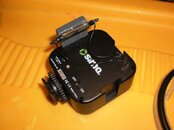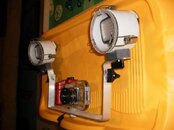KJSmith84
Contributor
subscribed 
Welcome to ScubaBoard, the world's largest scuba diving community. Registration is not required to read the forums, but we encourage you to join. Joining has its benefits and enables you to participate in the discussions.
Benefits of registering include
...for a project like this I would recomend finding a supplier that sells cell cast acrylic. what you find in the home improvement stores is extruded acrylic.


